
Washington-Rochambeau Revolutionary Route
In March 1780, King Louis XVI approved the “expédition particulière,” which sent French troops to the United States.

George Washington’s Oak Tree
In 1774, on the advice of his friend George Mason, Washington decided to purchase two adjacent tracts of land in Arlington County. The area was heavily wooded, primarily hickory and oak. The price was 892 pounds or about $7.00 per acre. As a certified land surveyor, Washington planned to run the lines of the tracts and mark the boundaries more visibly. But fate would have it otherwise.
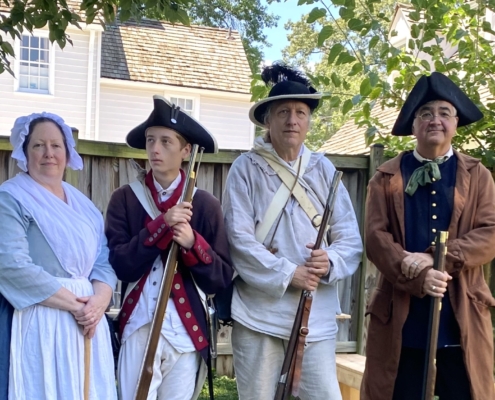
1775 Fairfax Muster
When the Virginia Convention met in July 1775, just months after the Revolutionary War started at Lexington and Concord, its first action was to pass a law to raise a defensive force. The new law called for creating a militia, made up of ordinary citizen-soldiers along with regular Continental troops.
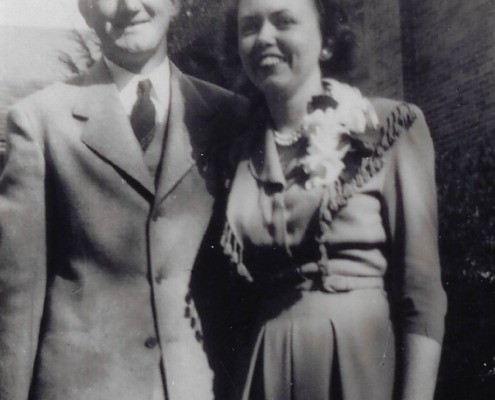
How AHS got the Ball-Sellers House
When her Uncle Will died in 1969 and left her the house, Marian didn’t need or want to live in it. In 1975 she donated the house—the oldest house in Arlington—to the Arlington Historical Society.

Lafayette
During the American Revolution, the Marquis de Lafayette volunteered from France to help America win its independence from England. He served as an aide to George Washington and was later promoted to general. In 1824, he began a 13-month tour of the 24 United States. At Arlington House, George Washington Parke Custis hosted the Marquis, then the last remaining Revolutionary War general and an advocate for human rights for the enslaved, for religious freedom, and for equality for women.
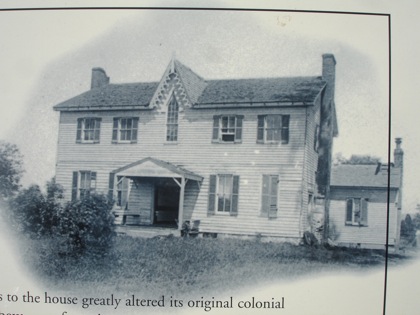
Abingdon
The Arlington Historical Magazine (AHM) has four great articles about the history of Abingdon.
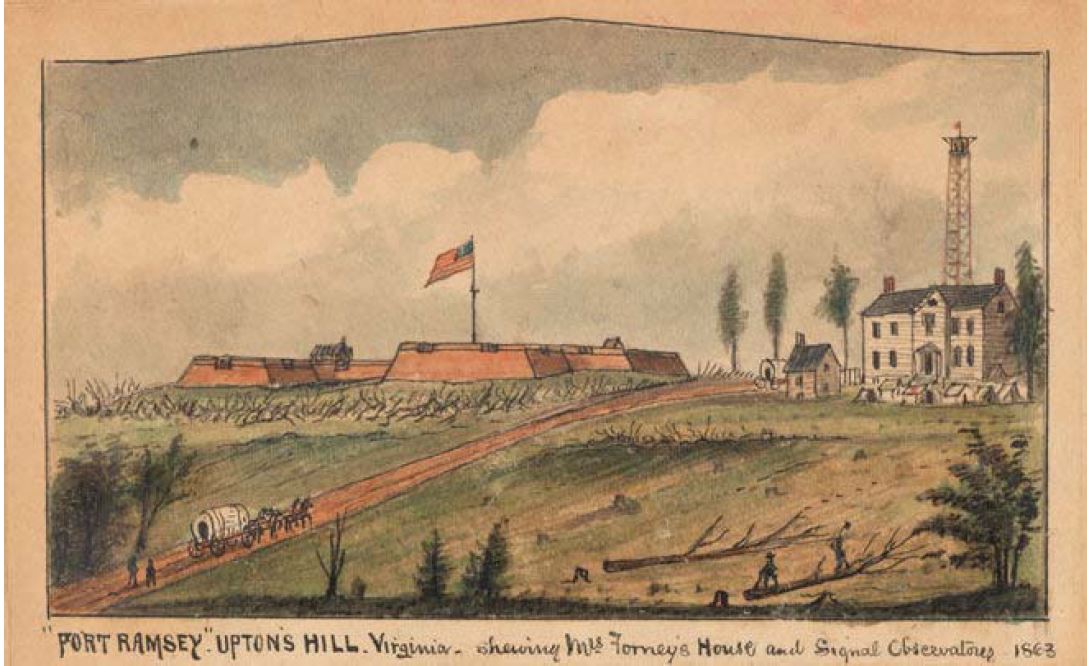
The History of Upton’s Hill
This exhibit highlights Upton’s Hill history as a prime example of the many layers of Arlington’s past. Upton’s Hill was a homestead and farm, a major logistics hub and defensive fort during the Civil War, a weekend country getaway for Washington’s elite, and a real estate developer’s delight. The following virtual exhibit was displayed at the Arlington Historical Museum from July to November 2021.

Moses Ball Grant
Moses Ball (1717-1792), the ancestor of generations of prominent Arlingtonians, received a 91-acre grant on this land from Lord Fairfax in 1748. The property remained in the Ball Family until 1818. It is thought that Ball built his home on a rise north of the existing spring about 200 yards east of this marker. George Washington, who owned an adjacent tract of land south of Four Mile Run, surveyed his tract on April 22, 1785, in company with Moses Ball.
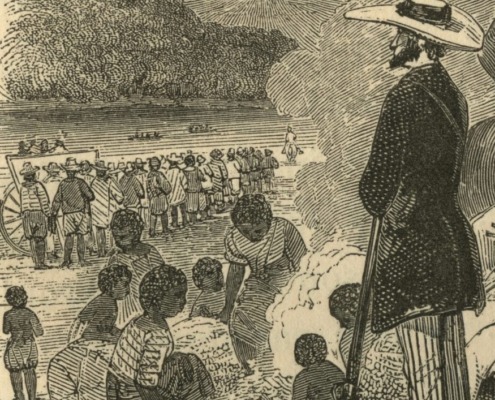 https://arlhist.org/wp-content/uploads/2024/07/PrintofSlaves.jpeg
1217
875
arlingtonhist
/wp-content/uploads/2024/07/arlhist-logo-cm-02.png
arlingtonhist2024-07-22 19:20:522025-11-19 12:51:07Slavery in Arlington, Virginia: A Timeline
https://arlhist.org/wp-content/uploads/2024/07/PrintofSlaves.jpeg
1217
875
arlingtonhist
/wp-content/uploads/2024/07/arlhist-logo-cm-02.png
arlingtonhist2024-07-22 19:20:522025-11-19 12:51:07Slavery in Arlington, Virginia: A Timeline

